Following the meeting in Gateshead between the NFSA and local anglers, it struck me how much entrenched we are in terms of what is available to NE anglers. Now don\'t get me wrong, this isn\'t about taking a pop at anglers in the north, as I am northern through and through (and proud of it, I\'m married to a geordie (female of course!!!)). However, the comments I hear on how we are going to have no fish left because the commercials have trashed the cod stocks and all thats left are whiting, pervade from the Humber Estuary to the Scottish borders.
So given that there are very few cod, whiting all over the place and nothing else, angling should be in a major decline...... shouldn\'t it?
Well, not at all, at worst it may have stood still for the last couple of years and judging by the number of new or returning anglers there are indications that RSA is gradually increasing. So what is drawing these anglers into or back to our sport, if you listen to the doom and gloom merchants its certainly not the abundance of fish.
Paul and Mark who were at the meeting in Gateshead on Wednesday night heard of the proposed tope byelaw in the NESFC district, and if you think about it why would anglers in the NE want to protect tope, they are a southern species aren\'t they? Well they used to be, but no longer. Along the southern Yorkshire coast they are a significant target species for a period of 4 to 5 months. For those of you who doubt this, see this months TSF magazine, this was an ordinary day!!!!! These tope migrate north throughout the summer months to beyond the Scottish east coast border, they are off the Northumberland coast, but will rarely be caught on a jigger or shad. To catch one anglers need to use the correct gear and right baits, and be prepared to find where they are likely to be feeding, once you\'ve located them, its highly probable that you can go back time and again and continue to catch.
Another issue raised was the proposed limitation on intertidal netting for bass. There has been over the last 4 or 5 years a significant increase in the number of bass migrating into the NE, and survey work carried out by CEFAS and the NESFC (of which I\'ve been involved) has shown that there is a real probability that these bass are now spawning in the NE and work I\'ve carried out with the EA has shown that 1st year bass are present (3 inches). These fish can only have been produced in the NE as they are too small to have swum from the Thames or south coast. This has produced a significant increase in the number of nets placed along beaches and at rocky headlands, all of which were legitimate due to a loophole in NESFC byelaws. Fishermen obviously saw great profit in targeting the bass during late autumn and early winter and this new fishery was being developed by the NESFC, however, the explosion of gillnets on beaches would have a significant impact on angling. As a result anglers voiced their concerns, and after much consultation, the NESFC have produced a byelaw for DEFRA to implement, that will restrict the number of licensed permits to just 5, anyone other than a permit holder (5 number) will be fishing illegally and will be prosecuted. This obviously has benefits because no longer will there be nets blathered across the beaches, if they are, especially in the NE they will be illegal (unless they are Salmon nets (April to September)). The 5 permit holders are all south of Flamborough Head, my area, so there cannot be any on the beaches north of Flamborough Head to the River Tyne, or inside the 5m depth contour.
OK so some of you will be saying that doesn’t affect me because we don’t get many bass up here, again not true. There are increasing numbers of bass present within our district, again it’s a case of altering tactics to increase your chances. The significance of the intertidal netting byelaw is that the greater majority of bass within our district are restricted to the nearshore margins. They don’t migrate further offshore, fish surveys we have done show that they are all caught close to or above the low water mark. A large proportion of the bass we have tagged turn up along the Northumberland or Scottish coasts which shows they are moving north, one I tagged was recaptured 4 days later having travelled 113 miles!!!!!!!!
Most of our boat fishing for bass is carried out within casting distance of the shore, further off you just don’t get them. So next time you are fishing with a good sea on, try fishing in the surf or just at the back of the first breaker, most anglers feel the need for distance, this isn’t were the bass are likely to be. With regard to boat fishing for bass in the NE, get next months TSF, and you’ll see what I mean.
So that’s the tope and the bass, what else is there, well pollock for a start, although I accept that this is a predominantly boat species, they are there in very good numbers and big fish too. Its all about changing tactics, so if you’re a boat angler and the wreck fishing is poor, switch to alternative venues close in for the bass, look for pinnacles or reef’s for pollock or the wrecks for that matter. Try winding up steadily with a jelly worm or shad (classic pollock tactics). If your fishing from the shore try casting a one or two ounce lead head with shad or jelly worm.
Ultimately anglers are renown for their slow response to changing situations, although others will argue that that is the difference between a competent angler and a top notch match angler. What ever the scenario, be it shore or boat, accepting that by concentrating solely on cod we may be reducing the fishing experience, broaden your horizons and you WILL be amazed by what is out there, it’s a simple factor of adapting to a changing environment.
For what its worth, and there are no guarantees, there is real evidence that last year was a better than normal recruitment year for cod, how we look after this is up to the government and EU commission, however, anglers have to put forward their case as forcefully as possible. We can only do this through the NFSA, do we have your backing, if so show it and join now.
So given that there are very few cod, whiting all over the place and nothing else, angling should be in a major decline...... shouldn\'t it?
Well, not at all, at worst it may have stood still for the last couple of years and judging by the number of new or returning anglers there are indications that RSA is gradually increasing. So what is drawing these anglers into or back to our sport, if you listen to the doom and gloom merchants its certainly not the abundance of fish.
Paul and Mark who were at the meeting in Gateshead on Wednesday night heard of the proposed tope byelaw in the NESFC district, and if you think about it why would anglers in the NE want to protect tope, they are a southern species aren\'t they? Well they used to be, but no longer. Along the southern Yorkshire coast they are a significant target species for a period of 4 to 5 months. For those of you who doubt this, see this months TSF magazine, this was an ordinary day!!!!! These tope migrate north throughout the summer months to beyond the Scottish east coast border, they are off the Northumberland coast, but will rarely be caught on a jigger or shad. To catch one anglers need to use the correct gear and right baits, and be prepared to find where they are likely to be feeding, once you\'ve located them, its highly probable that you can go back time and again and continue to catch.
Another issue raised was the proposed limitation on intertidal netting for bass. There has been over the last 4 or 5 years a significant increase in the number of bass migrating into the NE, and survey work carried out by CEFAS and the NESFC (of which I\'ve been involved) has shown that there is a real probability that these bass are now spawning in the NE and work I\'ve carried out with the EA has shown that 1st year bass are present (3 inches). These fish can only have been produced in the NE as they are too small to have swum from the Thames or south coast. This has produced a significant increase in the number of nets placed along beaches and at rocky headlands, all of which were legitimate due to a loophole in NESFC byelaws. Fishermen obviously saw great profit in targeting the bass during late autumn and early winter and this new fishery was being developed by the NESFC, however, the explosion of gillnets on beaches would have a significant impact on angling. As a result anglers voiced their concerns, and after much consultation, the NESFC have produced a byelaw for DEFRA to implement, that will restrict the number of licensed permits to just 5, anyone other than a permit holder (5 number) will be fishing illegally and will be prosecuted. This obviously has benefits because no longer will there be nets blathered across the beaches, if they are, especially in the NE they will be illegal (unless they are Salmon nets (April to September)). The 5 permit holders are all south of Flamborough Head, my area, so there cannot be any on the beaches north of Flamborough Head to the River Tyne, or inside the 5m depth contour.
OK so some of you will be saying that doesn’t affect me because we don’t get many bass up here, again not true. There are increasing numbers of bass present within our district, again it’s a case of altering tactics to increase your chances. The significance of the intertidal netting byelaw is that the greater majority of bass within our district are restricted to the nearshore margins. They don’t migrate further offshore, fish surveys we have done show that they are all caught close to or above the low water mark. A large proportion of the bass we have tagged turn up along the Northumberland or Scottish coasts which shows they are moving north, one I tagged was recaptured 4 days later having travelled 113 miles!!!!!!!!
Most of our boat fishing for bass is carried out within casting distance of the shore, further off you just don’t get them. So next time you are fishing with a good sea on, try fishing in the surf or just at the back of the first breaker, most anglers feel the need for distance, this isn’t were the bass are likely to be. With regard to boat fishing for bass in the NE, get next months TSF, and you’ll see what I mean.
So that’s the tope and the bass, what else is there, well pollock for a start, although I accept that this is a predominantly boat species, they are there in very good numbers and big fish too. Its all about changing tactics, so if you’re a boat angler and the wreck fishing is poor, switch to alternative venues close in for the bass, look for pinnacles or reef’s for pollock or the wrecks for that matter. Try winding up steadily with a jelly worm or shad (classic pollock tactics). If your fishing from the shore try casting a one or two ounce lead head with shad or jelly worm.
Ultimately anglers are renown for their slow response to changing situations, although others will argue that that is the difference between a competent angler and a top notch match angler. What ever the scenario, be it shore or boat, accepting that by concentrating solely on cod we may be reducing the fishing experience, broaden your horizons and you WILL be amazed by what is out there, it’s a simple factor of adapting to a changing environment.
For what its worth, and there are no guarantees, there is real evidence that last year was a better than normal recruitment year for cod, how we look after this is up to the government and EU commission, however, anglers have to put forward their case as forcefully as possible. We can only do this through the NFSA, do we have your backing, if so show it and join now.



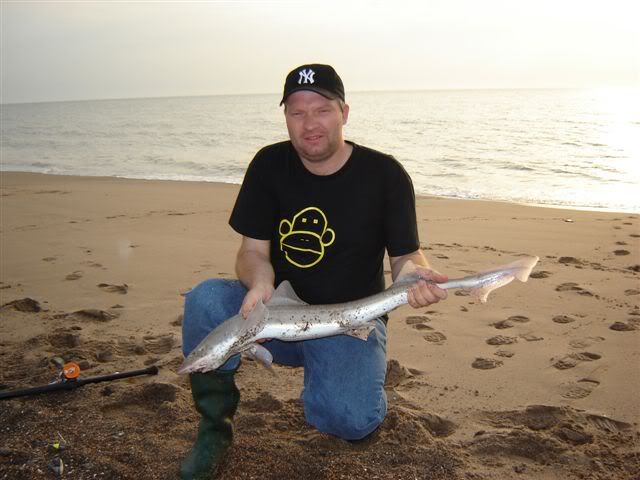
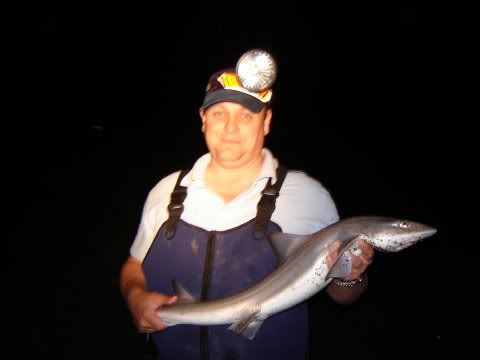
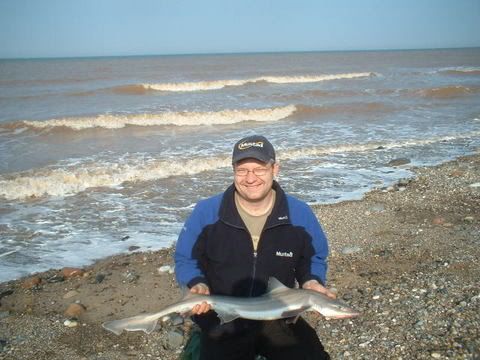
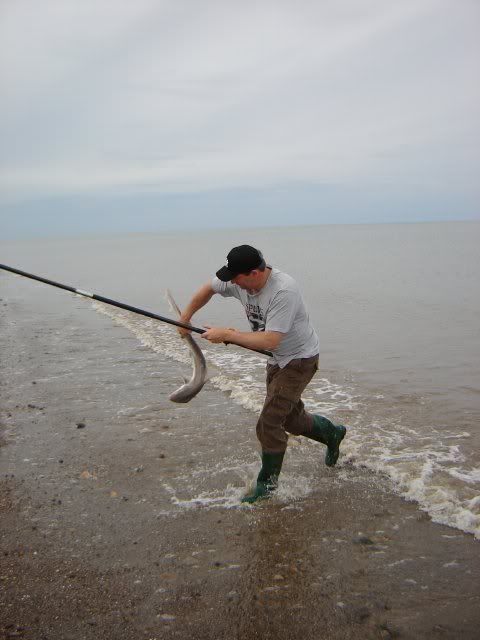
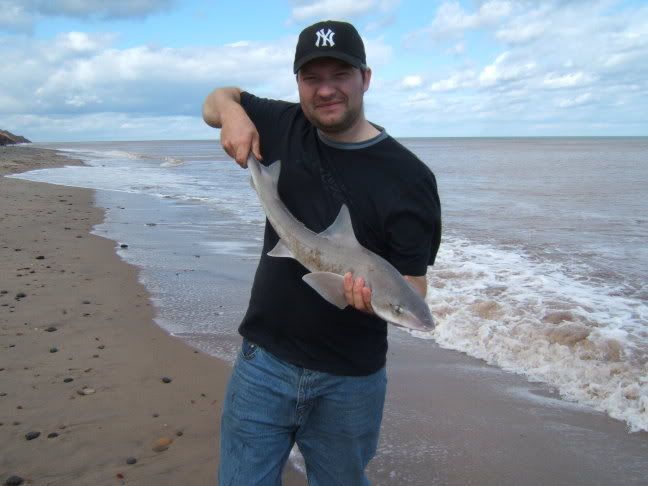
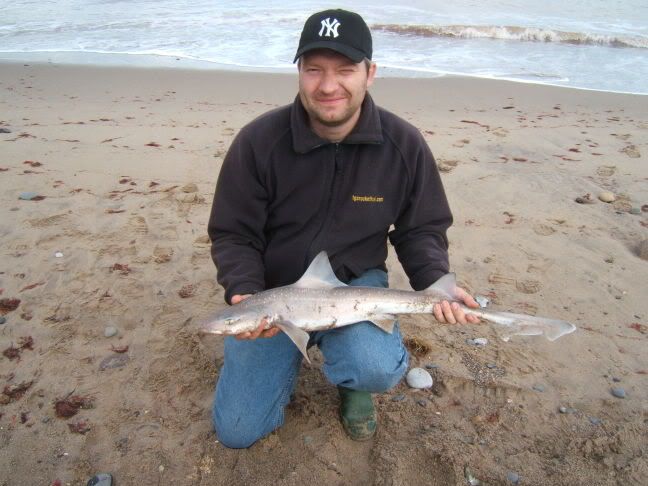
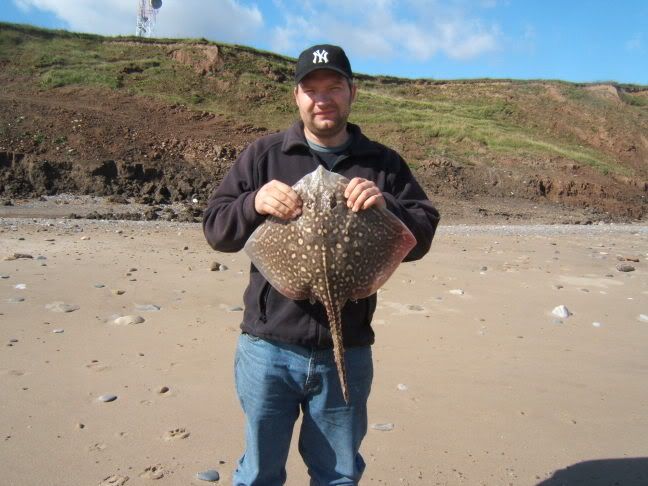



Comment